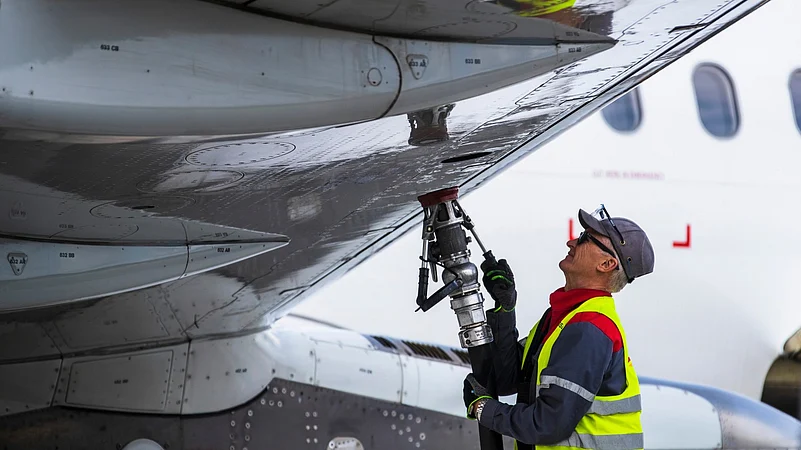LanzaJet announced that its factory, first one designed to make green jet fuel from ethanol is expected to start operations before the end of the year after several delays, reported Bloomberg.
The $200 million facility in rural Georgia was initially expected to start commercial production last year, but is now expected to begin operations by the end of September, LanzaJet Chief Executive Officer Jimmy Samartzis told Bloomberg. He shared that the recent delay happened due to equipment issues.
LanzaJet has received funds from the US government to build the facility which could be the beacon of the ethanol-to-jet industry. According to Bloomberg, the company imported Brazilian sugar-cane ethanol last year to pilot production, however, it hasn’t been able to sell its green jet fuel in the open market to date.
“My hope is that by the end of the third quarter we are fully operating,” Samartzis told Bloomberg. “The modifications we made to the equipment that was hindering us, unrelated to the technology itself, should satisfy what we need,” he added.
A flurry of deals among airlines, fuel makers and agriculture companies have been announced since 2021, when then President Joe Biden called for 3 billion gallons of annual domestic sustainable aviation fuel production by the end of this decade. The market has since soared more than sevenfold to 38.7 million gallons last year, according to US government data cited by Bloomberg.
The green jet fuel or SAF can be made from a range of raw materials. However, most American corn-ethanol doesn’t qualify for a tax credit aimed at boosting production of domestic renewable fuels, known as 45Z.
A February 2024 report by the Proceedings of the National Academy of Sciences (PNAS), the Renewable Fuel Standard (RFS) specified that the use of biofuels in the United States carbon intensity of corn ethanol produced under the RFS is no less than gasoline and likely at least 24% higher.
According to Bloomberg, the new law restricts the tax to SAF made using ingredients from North America, excluding the Brazilian sugarcane ethanol that LanzaJet plans to use.
Even so, Samartzis said production at the Soperton, Georgia, facility will start with Brazilian ethanol, as too little US product meets the required threshold of lowering greenhouse gas emissions by 50%.
Aviation Faces Cost Challenge
LanzaJet’s launch could be a precedent for future sustainable aviation fuel (SAF) investments amid tightening climate rules on aviation.
According to the International Air Transport Association (IATA), airlines must ramp up adoption of plant-based SAF adoption to meet net‑zero goals by 2050, despite current costs being up to three times higher than conventional jet fuel.



















